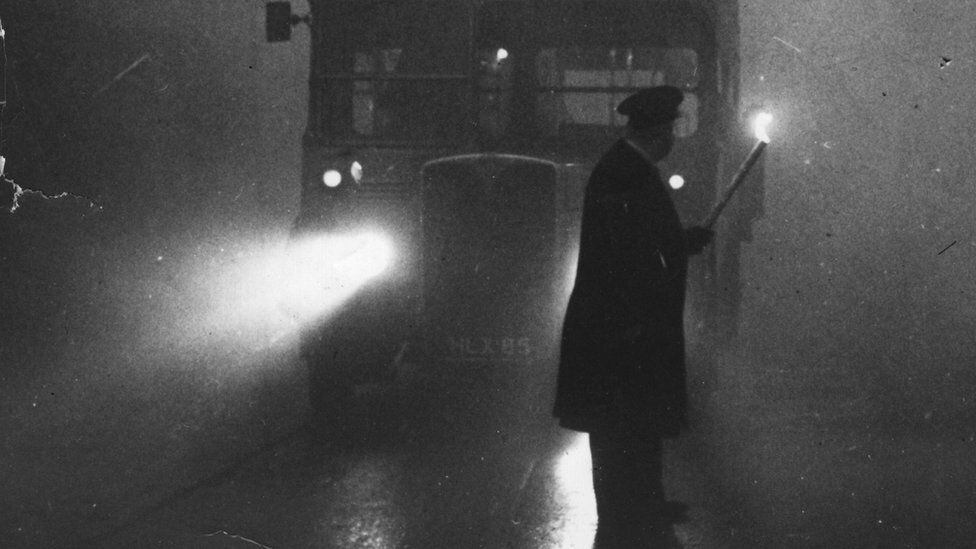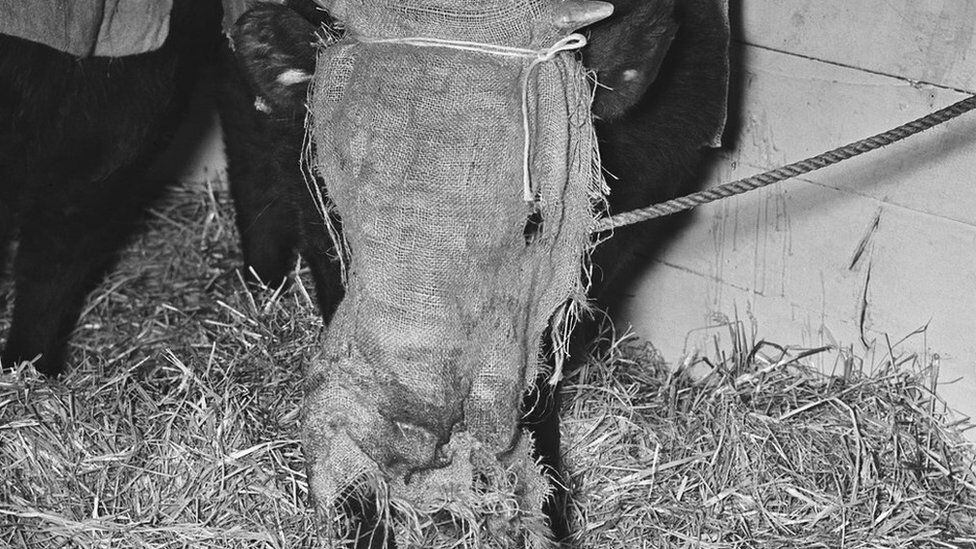On December 5, 1952, as Londoners jogged through the city after the start of the festive season, thin plumes of mist began to rise between the chimneys.
As the night wore on, the fog thickened and soon a layer of smog choked the capital. Londoners stumbled through the streets, unable to see more than a few yards in front of them.
SIGHT: What was the Second Reich, the imperial and semi-democratic State that some ultra groups in Germany long for
When the sun came up the next day, it failed to clear the smog; instead, it grew thicker and thicker, until in some areas people couldn’t even make out their feet anymore.
For the next four days it continued to drown the city. Londoners who breathed the fumes began to retching, and cases of pneumonia and bronchitis they fired. Hospitals began to fill up, as thousands succumbed to the noxious air.
coincidences
Fog was nothing new to London, though it had never been seen to such extremes before. Already in the 13th century, the haze caused by burning coal covered the city. However, the Industry Revolutionl sped things up.
Newly built factories pumped thousands of tons of gases and particles up their smokestacks, polluting the air and increasing the likelihood of smog. These yellow mists could cause carnage when they descended on the city. In 1873, for example, a December fog caused the rate of Mortality in the city will skyrocket by 40%.
There were some tenuous efforts to clean the city’s air, but in 1952 coal fires were still burning in London, and as the winter of that year was unusually coldeven more coal was thrown into the chimneys in the houses.
To top it all off, on December 5th an anticyclone formed over London, trapping the smoke billowing from the city’s chimneys and preventing it from dissipating into the atmosphere. This pressure cooker overflowed to create the most polluted smog in history From london.
Chaos
During the five days that it covered the city, normal life came to a halt. The city’s transportation system fell apart; cars abandoned by their owners littered the roads. Rates of crime skyrocketedand criminals took advantage of the chaos.
Meanwhile, pollutants continued to pour into the atmosphere. Every day during what became known as “The Great Smog” (The great smog or the great fog) 1,000 tons of smoke particles, 2,000 tons of carbon dioxide, 140 tons of hydrochloric acid, 14 tons of compounds of fluorine and 370 tons of sulfur dioxide.

Unsurprisingly, breathing this mixture was very dangerous, and for at least 4,000 people, it soon proved fatal.
A 33-year-old woman from the neighborhood of St. Pancras who previously suffered from chest pains lost her life on December 9, with a report saying: “The fog appears to have hastened death, as the sudden deterioration of [su] condition was apparently unexpected by the attending physician.
First Clean Air Act
Animals were also negatively affected. The media reported that more than 100 cattle at the Smithfield Show (an agricultural fair in the Earl’s Court neighborhood) had to be seen by a vet as a result of breathing the fumes, and 12 were euthanized later.

A man named LF Beccle wrote to the Ministry of Health: “I would have shared the fate of the Aberdeen Angus cattle at the Smithfield Show, for whom I had great sympathy and a feeling of comradeship. I could not move for four days without the utmost distress.” (…) I must have been very upset one night, because my wife took my hand and said that she was sorry for me! That’s proof enough that she looked like she was going to die.”
His letter continued: “What are our wonderful scientists doing? In an age of jet propulsion, atomic power and all the miracles of modern science that we marvel at, these unfortunate people cannot solve the problem of filthy fog! !”
This sentiment was echoed across the country and the government was forced to act.

In July 1956Less than four years after the Great Fog settled in London, the first Clean Air Act got royal approval. This stated that London would be smoke free and that they would clamp down on coal fires both at home and in factories.
The act is remembered as a key milestone in the history of environmentalism, and the city has never suffered from such terrible pollution since then.
*This note was published on BBC History Extra. Click here to read the original version (in English).
Source: Elcomercio
I am Jack Morton and I work in 24 News Recorder. I mostly cover world news and I have also authored 24 news recorder. I find this work highly interesting and it allows me to keep up with current events happening around the world.

:quality(75)/cloudfront-us-east-1.images.arcpublishing.com/elcomercio/GI4TCMJNGEZC2MJYKQYDAORSHE.jpg)



:quality(75)/cloudfront-us-east-1.images.arcpublishing.com/elcomercio/G2GQFAW6TZEHRDCXPBXH3ZH4ZI.jpg)
:quality(75)/cloudfront-us-east-1.images.arcpublishing.com/elcomercio/ANLXPZOBVZGWPGFSOS4TSHRSW4.jpg)
